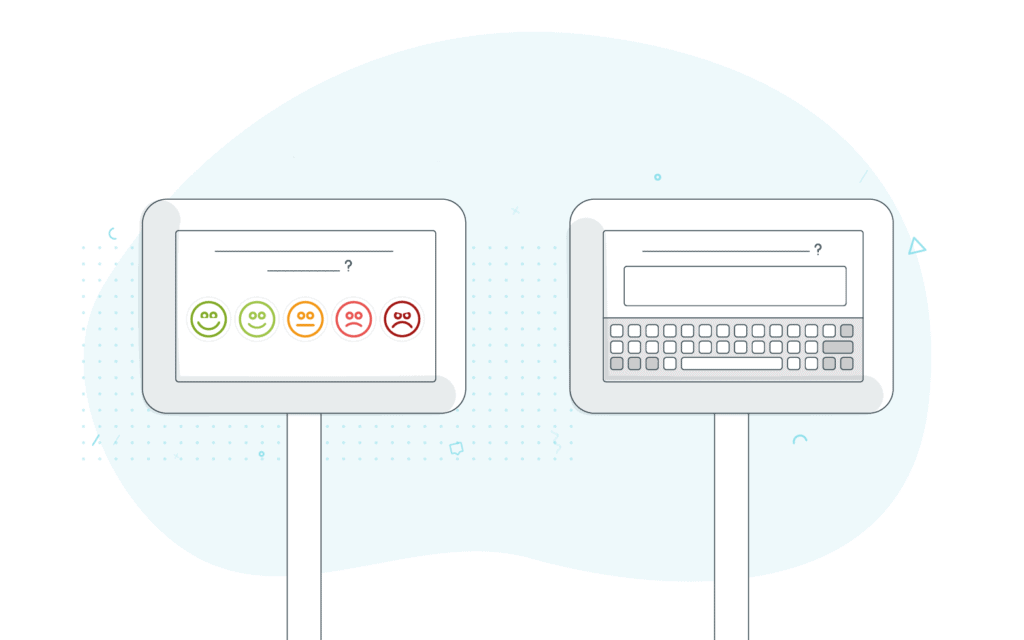In recent years, every industry has been experiencing a fundamental change driven by increasing customer expectations. Companies began to push their product and sales-driven strategies into the background in favour of embracing customer-centricity.
But what does it mean to be customer-centric?
Having customers at the heart of your business decisions creates a path to success. But, a customer-centric approach doesn’t just mean to put your customers first. It means to understand them and act in a way that shows them you do. To become truly customer-centric, you need a good strategy and full co-operation between all your departments.
ANTICIPATE CUSTOMER NEEDS
89% of successful businesses acknowledge that anticipating customer needs is critical to their growth (Google). So, give your customers a reason to come back to you by identifying their needs and fixing the pain points. Don’t just look for the next product to sell. Look for the next problem to solve. The market is changing fast, so plan a solution today for tomorrow’s customers. That way, you can reduce customer service demand later, prevent issues from arising, and stand out from the crowd.
COLLECT AND LISTEN TO FEEDBACK
Extend your knowledge of customer behaviour, their habits as well as needs. Collect feedback to provide great insights into customers’ minds. Deploy satisfaction surveys to help you segment your customers better and solve their problems more efficiently. Use data to test new product or service ideas. Make data-driven business decisions to help you add more value and improve the customer journey. All these strategies will you lead you towards becoming customer-centric.

DEVELOP CUSTOMER-CENTRIC LEADERS
A recent Harvard Business Review study shows that CEOs work an average of 9.7 hours per weekday. Only 3% of their time is spent interacting with customers – that’s less than 1.5 hours a week… In light of this surprising discovery, one question emerges:
How well do executives really know their customers?
CEOs should be interested in what their employees and customers think and need. 48% of customers agree with that statement, adding that an engaged CEO makes them trust a brand more (Brands2Life). In order to grow business and customer loyalty, leaders need to devote more time to understand the needs and concerns of those at the heart of the business. Only then, they can start building and promoting a customer-centric culture.
GET EVERYONE INVOLVED
Customer-centricity doesn’t just apply to the customer service department. Get every employee from your development, sales, marketing, and operations teams on board with the strategy. Every business decision affects customers directly (e.g., price changes) or indirectly (e.g., back-office policy change), so always keep them at the core.
SUMMARY
To become a truly customer-centric business, first you need to change your culture and engage every member of staff to focus on your customers. You need to put yourselves in customers’ shoes and better understand their journey. A customer-centric culture can be challenging and complex to develop. However, it can help you gain significant benefits: increase satisfaction, retention, and acquire new customers.
By Natalia Kaczmarek
 Join us at IAAPA Expo in Barcelona, Spain. Booth 2-1730. 22-26 September.
Join us at IAAPA Expo in Barcelona, Spain. Booth 2-1730. 22-26 September.

